First day in Israel-Palestine, and a stop in Tel Aviv en route to Jerusalem, Jenin and Ramallah. But what to do in a city you are boycotting? Protest, of course. Today I joined Arab and Jewish Israeli activists demonstrating in Yaffa – AKA Jaffa or Yafo, the old Arab town now subsumed by Tel Aviv – in support of the mass hunger strike of over 1600 Palestinian prisoners. The prisoners are demanding an end to the practice of Administrative Detention – indefinite imprisonment without charge or trial – the use of solitary confinement and the denial of family visits, in some cases for years. Today marked the 75th day of hunger for two men, Thaer Halahleh and Bilal Diab, who are now close to death. The strike is reaching crisis point, and could trigger the eruption of the Third Intifada. Not that you would guess that from Tel Aviv’s crowded beaches, juice bars and night clubs.
The city is Israel’s pleasure centre, a kind of LA mixed with Istanbul, its modern skyline overshadowing crumbling archways, faded Ottoman-era buildings, punks in full regalia, and people smoking narghile on the seafront lawns. It boasts many a museum and theatre, but these are state-funded boycott targets. Besides, why pay to be told lies? I’m here because I wanted to see Yaffa, from which 66,000 Palestinians were expelled in 1948, leaving only 4000 original residents. Journalist Jonathan Cook cites Ilan Pappe’s account of Israeli soliders herding the Yaffa Arabs to the shore then shooting over their heads to force them to board fishing boats bound for Gaza. The oft-heard, hysterical Israeli phrase ‘They want to drive us into sea’, suggests that projection of the shadow is a political as well as psychological phenomenon. Since what the city information boards call ‘the liberation’ of Yaffa – in fact, the confiscation of Arab homes – Tel Aviv has redeveloped the port area of the old city into an artists’ quarter, home also to some impressive churches (and if you want to complain to the Pope about child sex abuse or his policy on condoms, the Vatican Embassy accepts letters).
But whimsey aside, walking the quarter is a joyless experience. Here the limestone buildings are scraped clean of all traces of their history. After my time in Cairo, Diyarbakir and Sanliurfa, exploring these narrow lanes was like meeting an old friend who has microdermabraised and botoxed her face beyond all expression of human feeling.
South of the port area is the Arab neighbourhood of Ajami, where the 4000 remaining Arabs were confined for two years after the ‘liberation’. Here, my guidebook tells me, Ottoman-era villas rub shoulders with tiny fisherman houses. The picaresque description sprinkles the war that still festers in Yaffa. The villas have been renovated by wealthy Jewish Israelis, while the Palestinians – now numbering around 18,000 – are being driven out of their ancestral homes by ruthless planning regulations. First all alterations to old buildings were banned. When families grew, or houses deteriorated, if the residents made any necessary changes they were hit with impossibly huge fines. For now, the Yaffa Arabs appear to be clinging on. In Ajami I saw laundry hanging out to dry, women in headscarves pushing prams, and the Palestinian colours quietly hung in the side window of a villa festooned – as are so many Tel Aviv cars and buildings – with Israeli flags. (As for the stallion tethered to a tree, I’m afraid I can’t tell you his pedigree.)
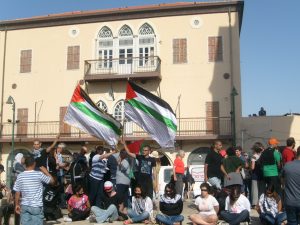
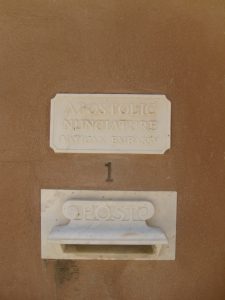
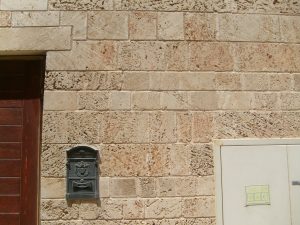
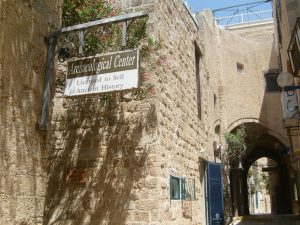
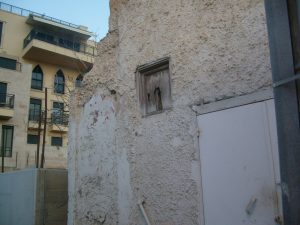
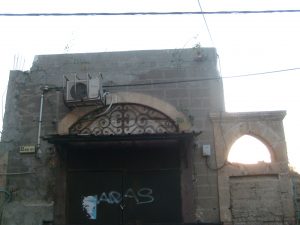
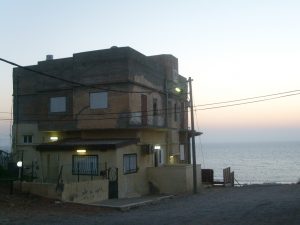
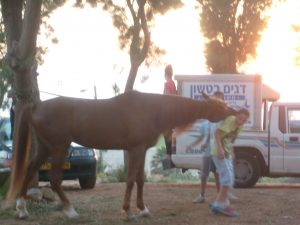
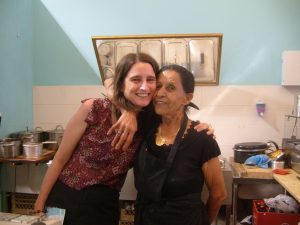
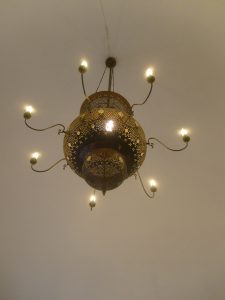
So looking forward to all the rest of your blogs
If they are as good as this one we’re in for a treat
Ann
Yes lovely blog. So nice I may nick it for my own. Lovely photos too. You missed my favourite group who were playing in Brighton – the Jerusalem Quartet!
Thank you Ann. It’s very humbling being here as Bilal Diab and Thaer Halahleh are writing their last wills. And I’ve had a rush of information today, thanks to dinner with two very welcoming Israeli BDS activists. I hope to find some more words tomorrow, after a walk around Sheikh Jarrah.
By all means airlift to your place, Tony, thanks for the share. And yes, shame I missed the gala performance!